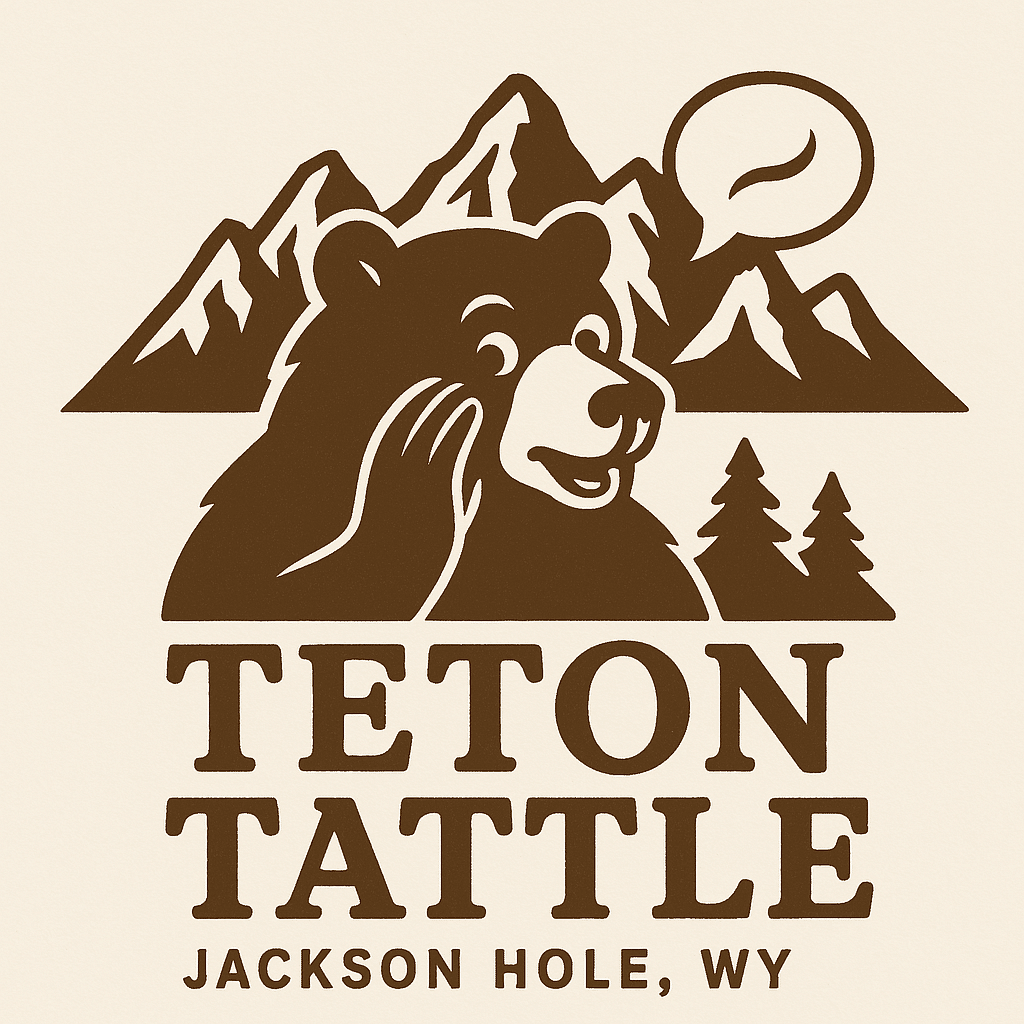JACKSON, WY — In a story that feels equal parts prehistoric and poetic, America’s bison appear to be rediscovering their old instincts, and scientists say it could mark a profound ecological shift across the country.
A new study published in Science (Geremia et al., 2025) reveals that Yellowstone’s free-moving bison are restoring ecosystem function on a scale not seen in centuries. The findings dovetail with reports that bison herds, freed by modern conservation efforts, are beginning to retrace ancient migration routes once thought lost to history.
The Ancient Pathways Reopened
Using GPS collars, satellite imagery, and six years of fieldwork, researchers discovered that Yellowstone’s bison, about 5,000 strong, now travel nearly 1,000 miles annually along a roughly 50-mile migration corridor.
These paths closely mirror the same natural corridors their ancestors followed long before highways, ranch fences, and settlement fragmented the Great Plains.
According to scientists Bill Hamilton and John T. Perry Jr. of Washington and Lee University, older bison guide younger ones along routes etched into memory over generations. Snowmelt, new vegetation, and access to water serve as natural signals — what Hamilton called “the pulse of the landscape.”
“What we’re witnessing is that as bison move across the landscape, they amplify the nutritional quality and capacity of Yellowstone,” said Hamilton. “They are restoring the balance of energy flow that once defined the Great Plains.”
Science Confirms: Movement Makes the Land Stronger
In the Science paper, lead researcher Chris Geremia and colleagues documented how the free-roaming herds improve soil health, increase plant diversity, and accelerate nutrient cycling through intensive grazing followed by long-distance movement.
Their research showed that:
- Grazed areas bounced back faster and produced more nutrient-rich forage.
- Nitrogen cycling increased as hoof traffic aerated soils and redistributed organic matter.
- Large, mobile herds created a patchwork of thriving habitats that support birds, insects, and other mammals.
Essentially, bison are re-engineering the ecosystem, not by staying still, but by constantly moving.
“Traditional grazing management tends to fence and rotate,” Geremia explained. “But bison thrive through movement. They shape the land precisely because they don’t stay put.”
From Brink of Extinction to Keystone Comeback
Once reduced to a heartbreaking 23 animals in 1902, America’s bison population has rebounded thanks to aggressive conservation and rewilding initiatives. Today’s stable population of around 5,000 wild bison in Yellowstone alone represents one of the most successful wildlife recoveries in North America.
Their comeback is doing more than repopulating a species; it’s rebuilding lost ecological memory. As barriers are removed and corridors re-opened, bison instinctively return to landscapes their ancestors once shaped.
In doing so, they’re helping restore the very identity of the American West.
Why It Matters in Wyoming
For Jackson Hole and the Greater Yellowstone Ecosystem, these findings strike close to home. The return of free-moving bison reflects a growing regional movement to balance conservation with connectivity from wildlife crossings on WY-22 and 390 to open-range stewardship in Teton County.
It’s a reminder that when wild animals are given room to roam, the land heals itself.
AntlersArch founder and the voice behind Teton Tattle.





